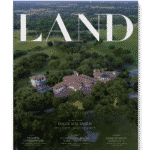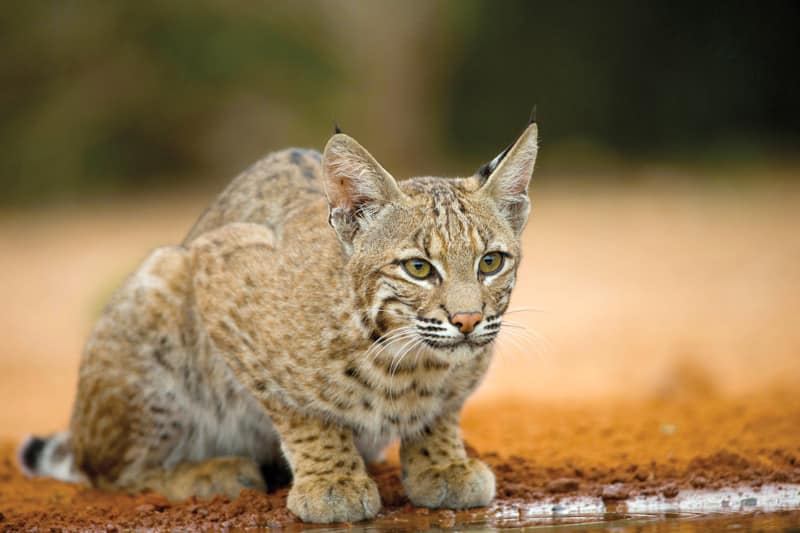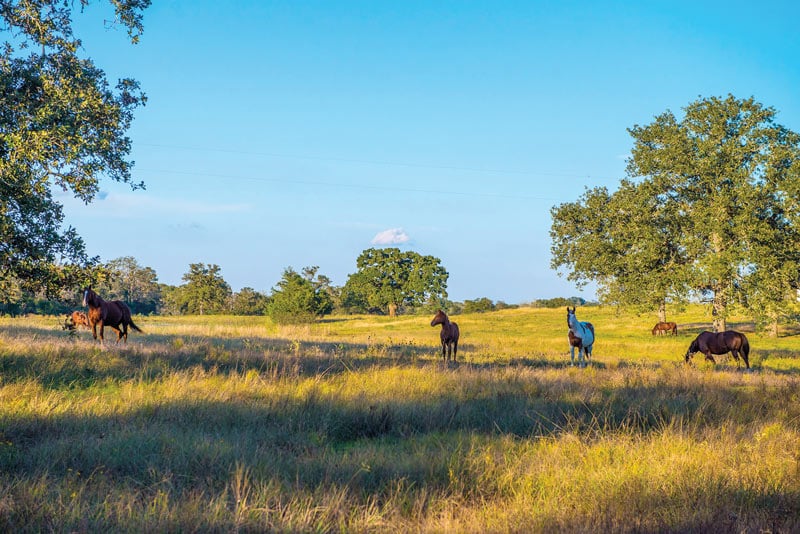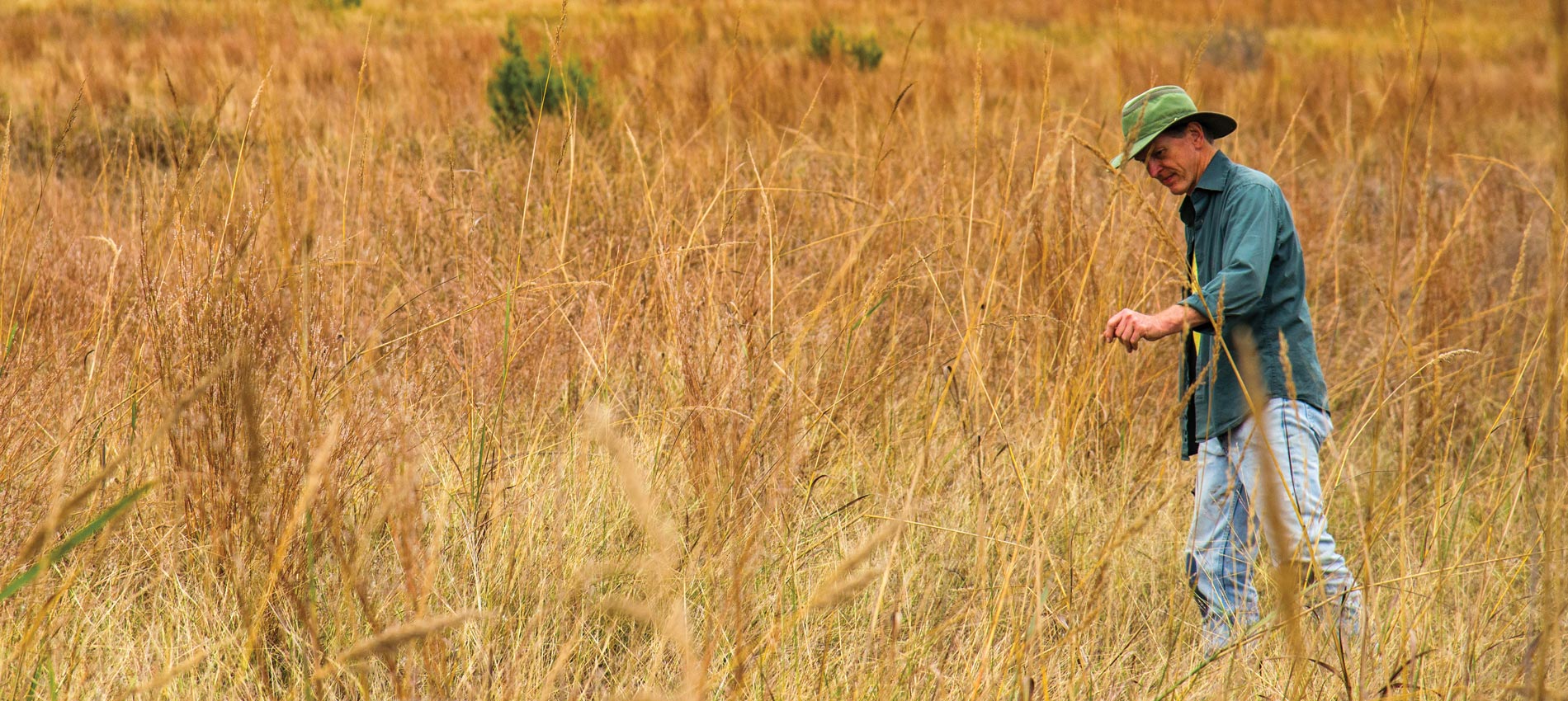
This article is featured in the Fall 2021 issue of Texas LAND magazine. Click here to find out more.
Private land ownership has always been a distinguishing characteristic of Texas—from farms and ranches that have been in the same family for generations to recently purchased second homes in idyllic rural areas. Whatever the situation, many Texas landowners face the same dilemma: how do you ensure that the land you love looks the way that it does forever? Using a tool called a conservation easement, landowners can ensure that the integrity and natural condition of their land remains intact for generations.
Conservation in Texas
With 95 percent of Texas (approximately 163 million acres) held by private landowners, Texas has far and away the most privately held land in the country—more than Montana, Kansas, and California combined. Unfortunately, we are also leading the nation in the amount of rural land lost annually to development. According to the Texas Land Trends from the Texas A&M Natural Resources Institute (NRI), over two million acres of agriculture land has been converted to some other use between 1997 and 2017, and 1.2 million acres have been lost in the last five years alone. Population growth in Texas means new residents need new homes to buy and apartments to rent, leading developers to covet the farms, ranches, pastures, and open space in proximity to metropolitan areas. This slow crawl of development and changing land use is imperceptible on a day-to-day basis but drastic over the long run.
Relative to its size, Texas has very little land dedicated to conservation. The Texas Parks and Wildlife Department (TPWD) manages a little over one million acres in state parks and wildlife management areas (WMAs), and the remainder is split between the United States National Forest Service and National Park Service. This means the bulk of land and wildlife conservation in Texas falls to private landowners.
Abundant opportunities exist for landowners to enact conservation measures on their land. There are several entities such as TPWD, USDA Natural Resource Conservation Service (NRCS), and Texas A&M AgriLife Extension which offer education, guidance, and programs to assist with conservation and management of natural resources. But what about protecting land as a whole? This is where conservation easements come into play.

What is a Conservation Easement?
At the most basic level, a conservation easement is a very specific deed restriction. The drawback of a deed restriction is that it can be undone by a future landowner. A conservation easement is a legal agreement between a property owner and a qualified conservation organization, such as a non-profit land trust, municipality, or governmental entity, which cannot be undone. When entering into this kind of legal agreement, the owner voluntarily agrees to restrict the type and amount of development that may take place on their property. This is possible since the development rights of property are similar to other property rights such as minerals or grazing, which can be leased, sold, gifted, or separated from land. A conservation easement is the legal instrument to separate development rights and have them held in trust for permanent protection.
Conservation easements date back many decades in the United States, but they didn’t gain traction in Texas until the early 1980s. Today, there are almost 800 conservation easements in the state encompassing more than one million acres of protected land. The bulk of this work is done by a coalition of more than 30 land trusts scattered across the state. Land trusts are charitable organizations whose mission is land and water conservation. In total, these land trusts have conserved over 1.8 million acres of land through conservation easements, outright land ownership, and collaborative efforts with state and local entities. Some focus on geographic regions like the coast or ecosystems like prairies. Others, like Texas Land Conservancy, work at a larger scale across the entire state.
The Nuts and Bolts of Conservation Easements
What does enacting a conservation easement look like from the landowner perspective? Every conservation easement is customized to the landowner and the property. The traditional land uses including agriculture, hunting, and recreation are always allowed, unless the landowner has specific prohibitions they would like to enact. The landowner decides what limitations or provisions to protect on their property. For instance, if a landowner has an existing house on a property, but has two children, they might reserve the right to build two additional houses. Similarly, if the desire is to have no more construction on the property, a prohibition on future building can be added. Because the easement is permanent, it is imperative to spend time thinking about all the potential uses of the land, and it is a good idea to acquire counsel to help navigate the process.
The bulk of land and wildlife conservation in Texas falls to private landowners.”
There are a few misnomers surrounding conservation easements. One is that the landowner loses control of the land, and the public has access. That is absolutely false. There is no public access granted. However, the holder of the conservation easement is required to make a site visit once a year to ensure the terms of the conservation easement are being upheld. This is a coordinated visit with the landowner’s permission. Likewise, a conservation easement is not foolproof protection against condemnation. They can be helpful but may not be able to prevent it.
So why would a landowner voluntarily limit what they can do on their land? First is a desire to keep land the way it is now for future generations. Whether I’m working with a landowner whose history goes back 100 years on land or a new landowner, they all love their land. That love extends beyond their lifetime, and something they want to ensure future generations will enjoy. A conservation easement is an insurance policy to do just that.
Second, there are financial benefits. I will assume that to all the readers of this magazine, it is obvious how valuable land is. Land values have seen an almost 300 percent increase in the past two decades, and the previous year has seen an even more dramatic increase in values. When a landowner places a conservation easement on their property, they are giving up certain development rights, and those rights have value. That value can be used as a tax deduction because land trusts are 501(c)3 non-profits, and the conservation easement is considered a charitable donation. An appraiser is required to determine the value of the contribution. Additionally, a conservation easement lowers the value of a property, which can be a beneficial estate planning tool related to lowering an overall estate value.

If the idea of a conservation easement is intriguing, there are great resources through the Texas Land Trust Council, a statewide trade association for all land trusts. Typically, a landowner will visit with a couple of land trusts to gauge interest for a particular project and see if it is a good fit. On average, the typical conservation easement transaction takes three to six months to prepare the required documents and accomplish due diligence.
I’m encouraged by the increasing trend among landowners using conservation easements resulting in a steady uptick in conserved land for future generations. I will close with a quote from Aldo Leopold’s Sand County Almanac, “Health is the capacity of the land for self-renewal. Conservation is our effort to understand and preserve this capacity.” By conserving private lands in Texas, we can ensure the health of our state and the preservation of our unique Texas character for generations to come.

Dr. Mark Steinbach is the Executive Director of the Texas Land Conservancy. He earned his bachelor’s in Wildlife and Fisheries Sciences and master’s in Rangeland Ecology and Management, both from Texas A&M University. Mark received his Ph.D. from the University of Montana in Missoula from the College of Forestry and Conservation. He previously worked at the Texas Parks and Wildlife Department, where he was a private lands wildlife biologist. Mark’s land management experience also stems from growing up working on his family’s farm. Find out more→ TexasLandConservancy.org
